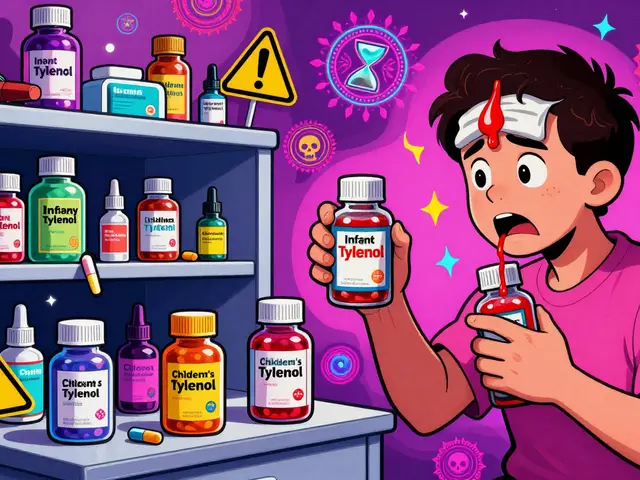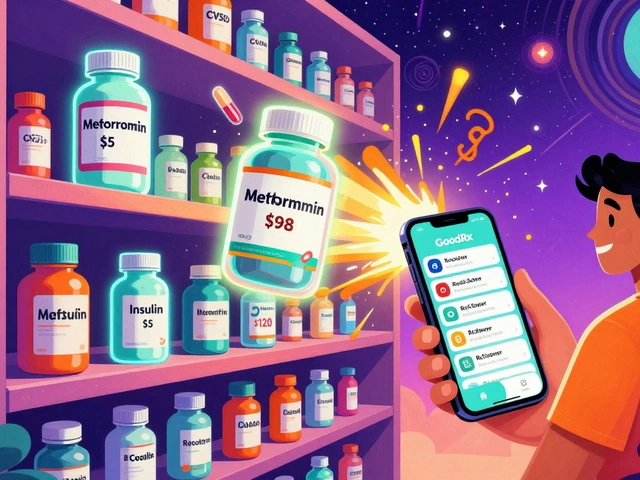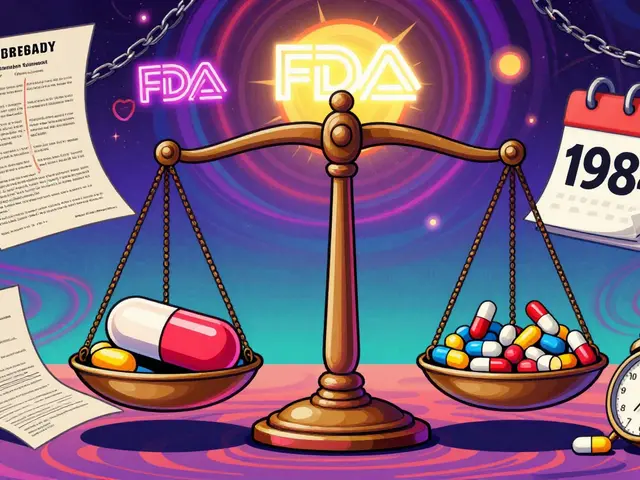risk: Practical Safety Advice for Meds, Interactions, and Buying Online
“Risk” here means things that can go wrong with medicines or the way you get them. On this tag page you'll find clear, practical posts about side effects, drug interactions, safer online pharmacies, and alternatives when a medicine causes trouble. Use these posts to make safer choices—not to replace your doctor.
Always check two things first: what common side effects feel like and which drugs don’t mix well. For example, statins like rosuvastatin and simvastatin have different risk profiles, and some antibiotics boost side effects when combined with other meds. Read the article summaries, look for monitoring tips, and note which symptoms need urgent care.
Buying meds online can be cheap but risky. Pick pharmacies that require a prescription, show a physical address, and offer pharmacist contact. Sites that promise controlled drugs with no prescription are red flags. Articles on this tag, such as guides for Bactrim, Diazepam, and Valtrex, explain how to verify legitimacy and avoid scams.
Watch for warning signs that a drug is causing harm: sudden muscle pain, severe rash, unexplained breathlessness, fainting, or jaundice. If any of these appear, stop the medicine and seek care right away. Some posts include specific monitoring advice—like when to check liver or kidney tests with certain meds—so follow those checklists when available.
How to read a risk article
Start with the short summary and the listed risks. Scan for sections on "who should avoid this" and "what to watch for." Check whether the post cites real-world studies or clinical trial data. Practical tips matter: dosing adjustments, lab tests, and clear red flags. If the article mentions safe alternatives or lifestyle changes, weigh those before switching drugs.
Quick safety checklist
Before you start or change a medicine, run this checklist: 1) Confirm your diagnosis and whether the drug is necessary. 2) List every medicine, supplement, and herb you take. 3) Ask about major interactions and common side effects. 4) Learn any tests you'll need and how often. 5) Know when to get urgent help. Use the tag posts to find examples tied to real meds—like hydromorphone alternatives, glucophage tips, or meloxicam side effects.
Risk never vanishes, but you can manage it. Read focused posts on this tag, keep an open line with your healthcare team, and use the practical tips here to reduce surprises. If something feels off, trust your instincts and reach out to a clinician immediately.
When you read an article about risk, also check dates and edits. Medical advice changes fast; prefer posts with recent updates. For lab monitoring, common examples: check liver enzymes before starting certain statins or long-term antibiotics, and request kidney checks when on metformin or some pain meds. If you take multiple drugs, ask your pharmacist to run an interaction check. Keep a list on your phone with doses and times. And if you get meds online, save order receipts and batch numbers so you can report problems.
Talk to your doctor when unsure.
Cycloserine and the risk of Clostridium difficile infection: What you need to know
As a blogger, I want to inform my readers about the potential risks associated with the use of Cycloserine and the possible development of Clostridium difficile infection. It's important to be aware that while Cycloserine is a helpful antibiotic for treating certain infections, it may also increase the chances of contracting C. difficile. This infection can cause severe diarrhea and colitis, leading to dangerous complications if left untreated. I encourage everyone to discuss potential side effects with their healthcare provider before starting any new medication. Stay informed and stay safe!





